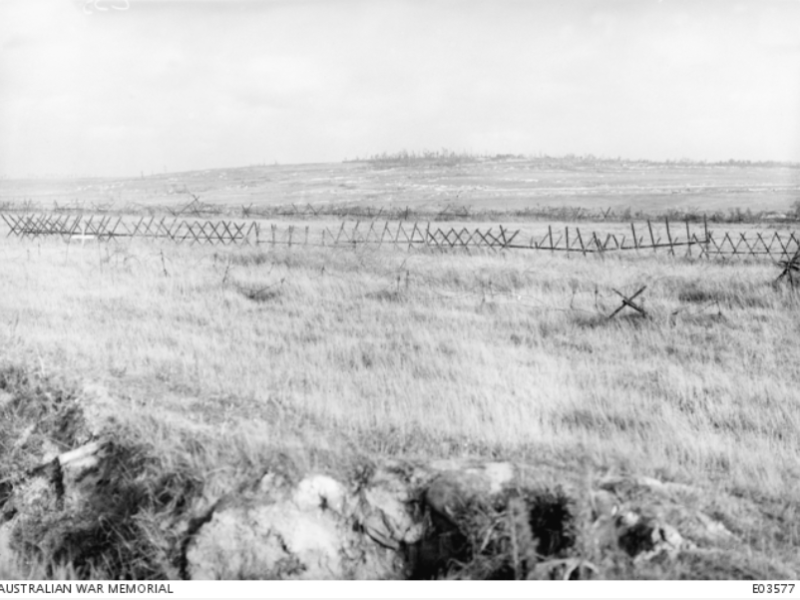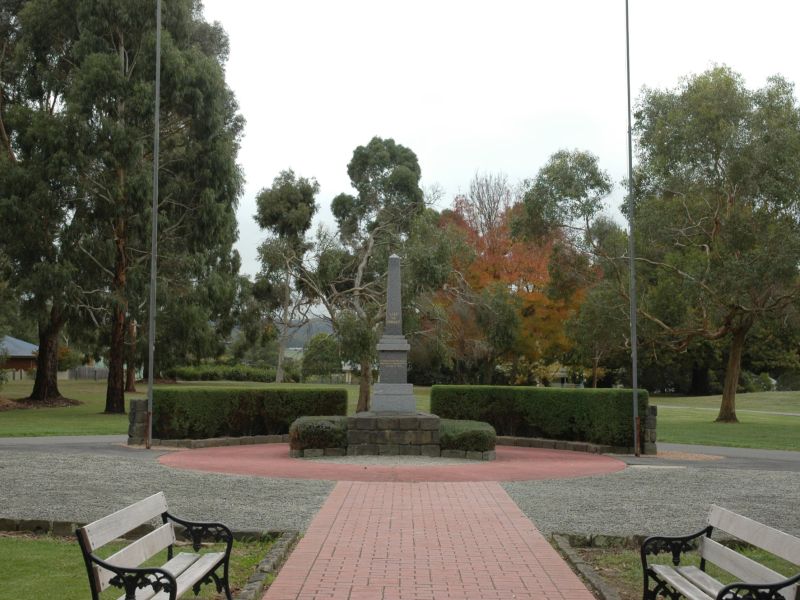Corporal Harold Paul Verdon, 21st Battalion, AIF
Harold Verdon was born in 1897 to Stephen and Bridget Verdon of Mirboo, Victoria, the second youngest of nine sons. His mother owned a green grocer’s in Mirboo North for 30 years, and was considered “the mother of the town”. His father, an alcoholic, left when Harold was about eight. He went to Mirboo North state school, and later worked as a clerk in the local post office.
Four Verdon brothers enlisted in the Australian Imperial Force; Harold just before his nineteenth birthday in January 1916. He joined the 21st, the same battalion as his older brother William. They embarked a month apart.
Private Harold Verdon was excited to re-join his brother in France in February 1917. Then he discovered that Will had been killed in action just before Christmas. He later wrote home, “You will be pleased to hear that I found Will’s grave … I will send you a photo of it in about a fortnight.”
Harold and his other brother James were in different units but wrote to and visited each other regularly.
In early 1917, Harold wrote home, “I have been in the firing line rather continuously of late. Our brigade was the first to reoccupy the town of Bapaume. We had a bit of a stunt with Fritz last week in capturing [a] village… [and] I was fortunate enough to get through it safely. I got a bullet through the breeches, but it never touched my leg.”
In May 1917, Harold Verdon was promoted to lance corporal but was sent to England shortly afterward, suffering from trench fever. He rejoined his battalion in November 1917, and was later promoted to full corporal.
In April 1918, the 21st took part in the German Spring Offensive, and the answering British Offensive, “the Hundred Days” which would lead to the end of the war. The 21st Battalion would suffer huge casualties.
On 30 August 1918, the 2nd Australian Division attacked and captured the key position of Mont St Quentin with the 21st Battalion in close reserve.
On 2 September 1918, Corporal Harold Verdon was hit in the abdomen by enemy machine-gun fire. He was taken to a first aid post but died shortly after.
Lieutenant Colonel Duggan wrote to his mother in Australia: “It is difficult for me to say all that can be said of the winning ways and passive strength and beauty of your son’s character. He was beloved by all. As a soldier he was gallant unto death. In all operations since your son joined the battalion he has shown indomitable courage; and at sports and in the daily routine he often came under my notice for his cheerful and kindly disposition.”
Today Corporal Harold Verdon lies in the Hem Farm Military Cemetery, just across the river from where he was killed, under the simple inscription “RIP.” He was 21 years old.
Meleah Hampton, Historian, Military History Section
Image: Mont St Quentin taken from a hill near Cleary, Oct 1918

 Australian War Memorial
Australian War Memorial